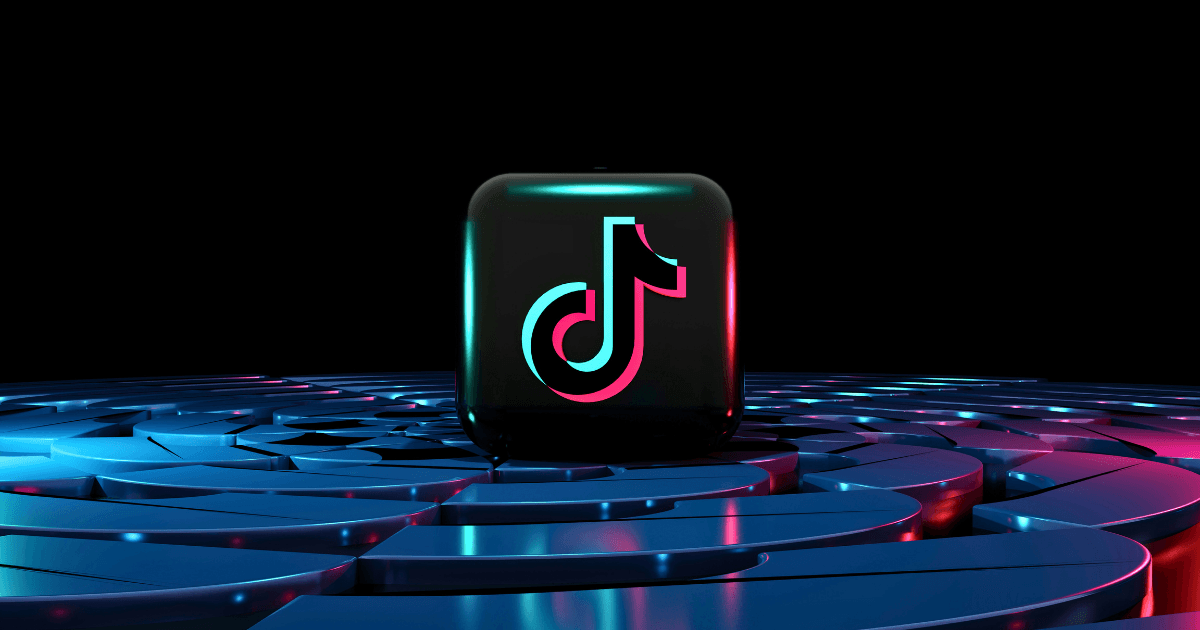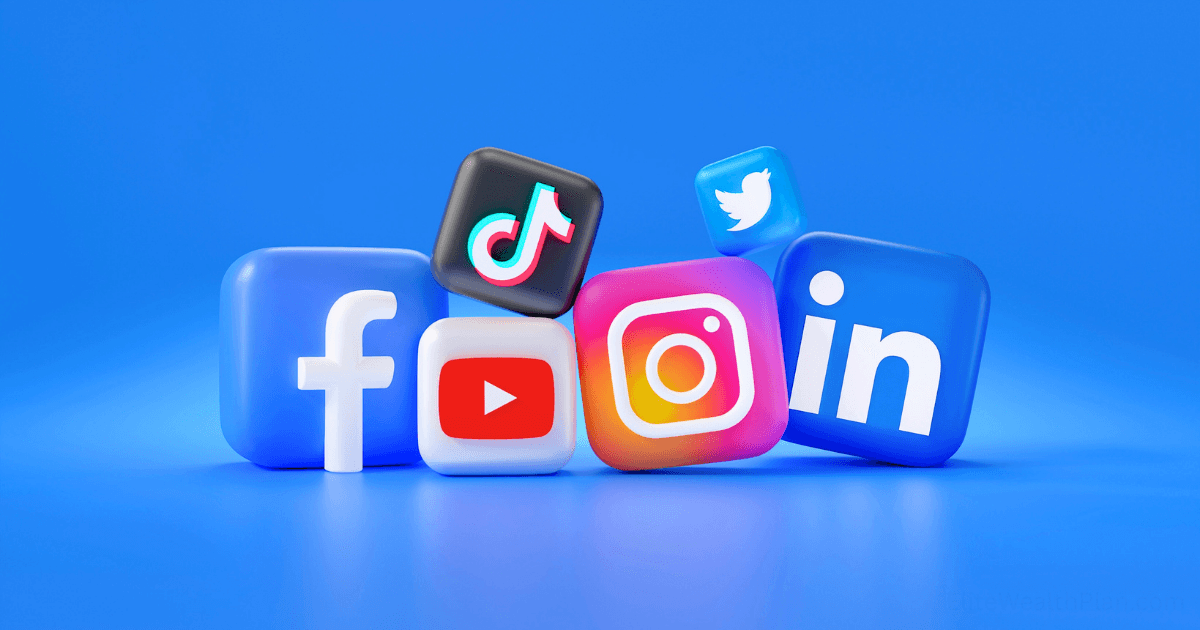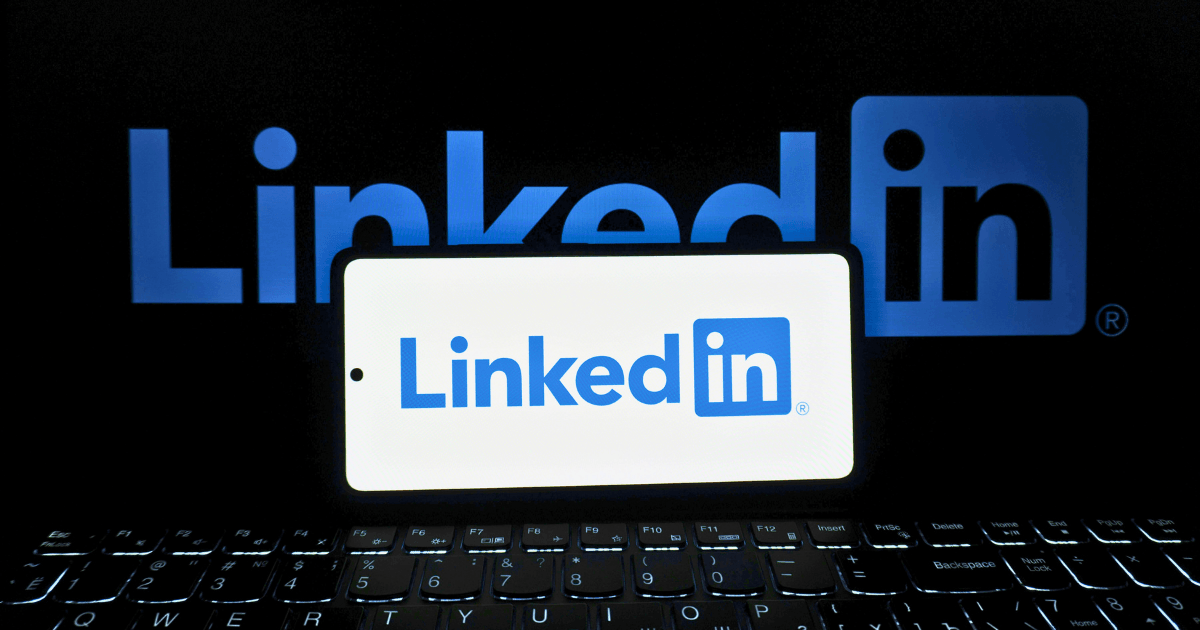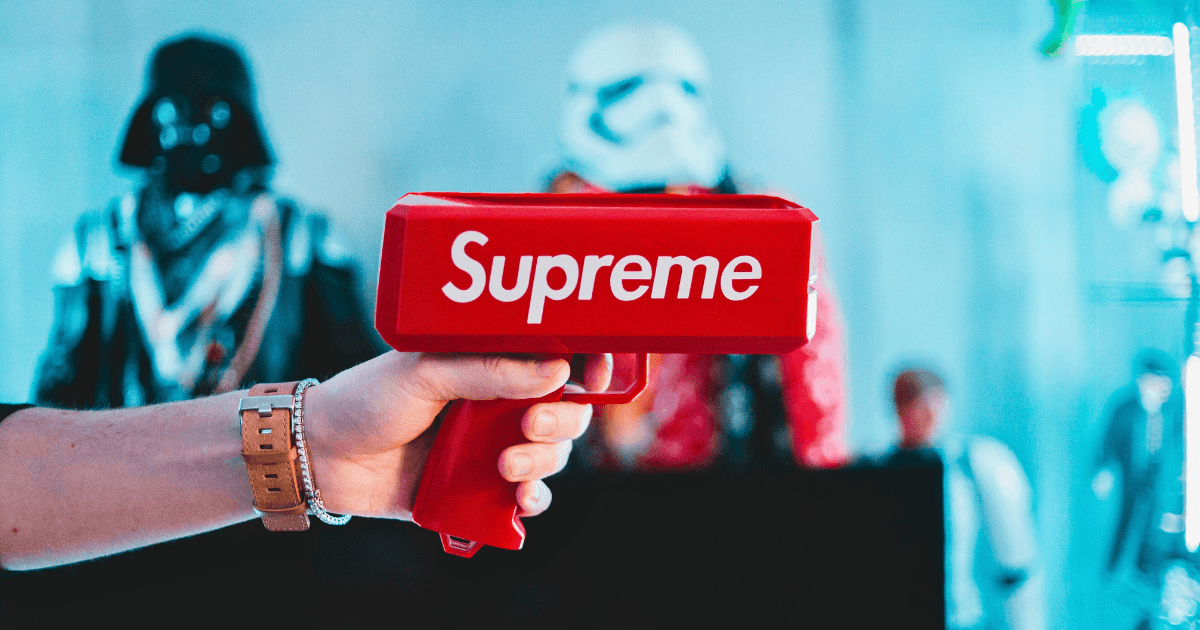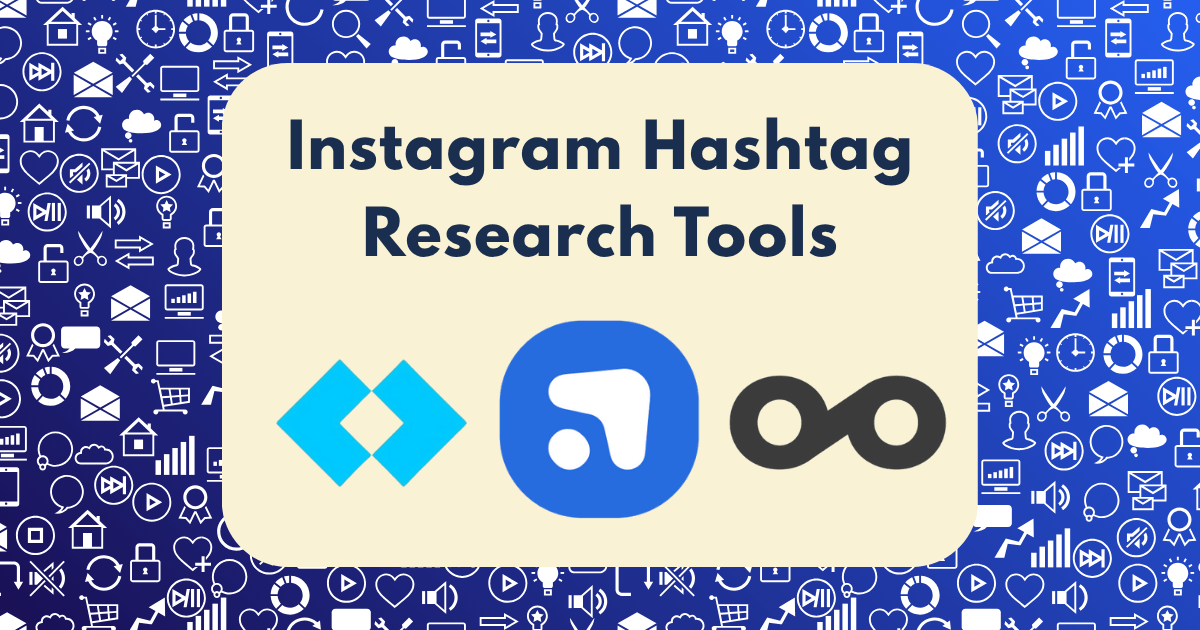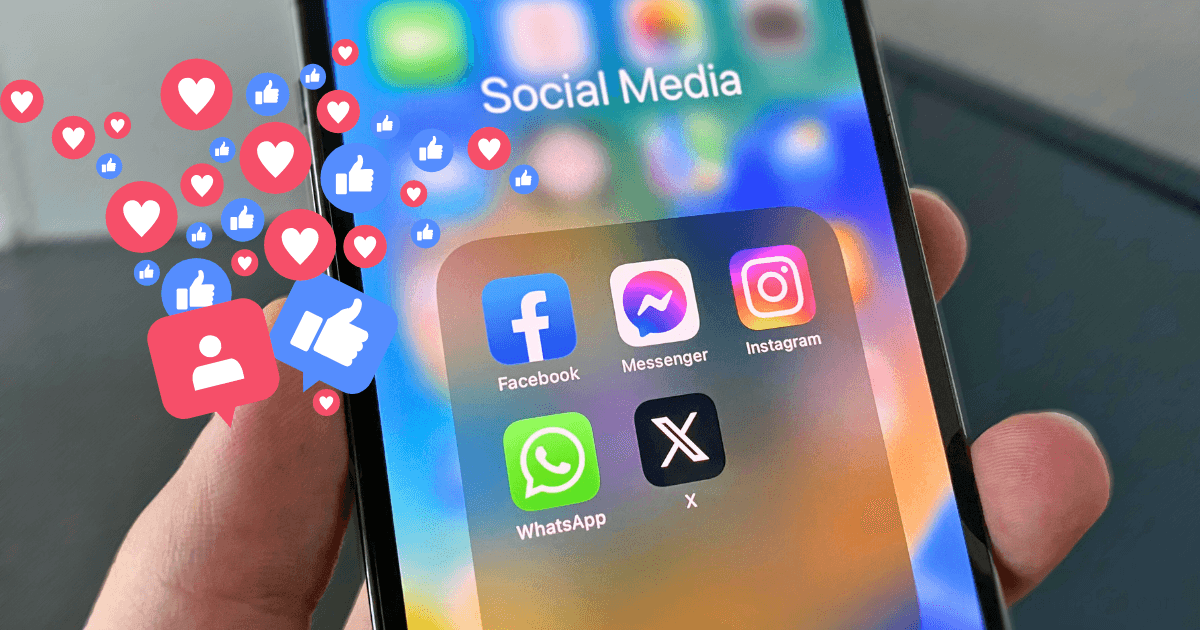Podcast Launch Plan: From Recording to Monetization in 60 Days (With Sponsor Templates)
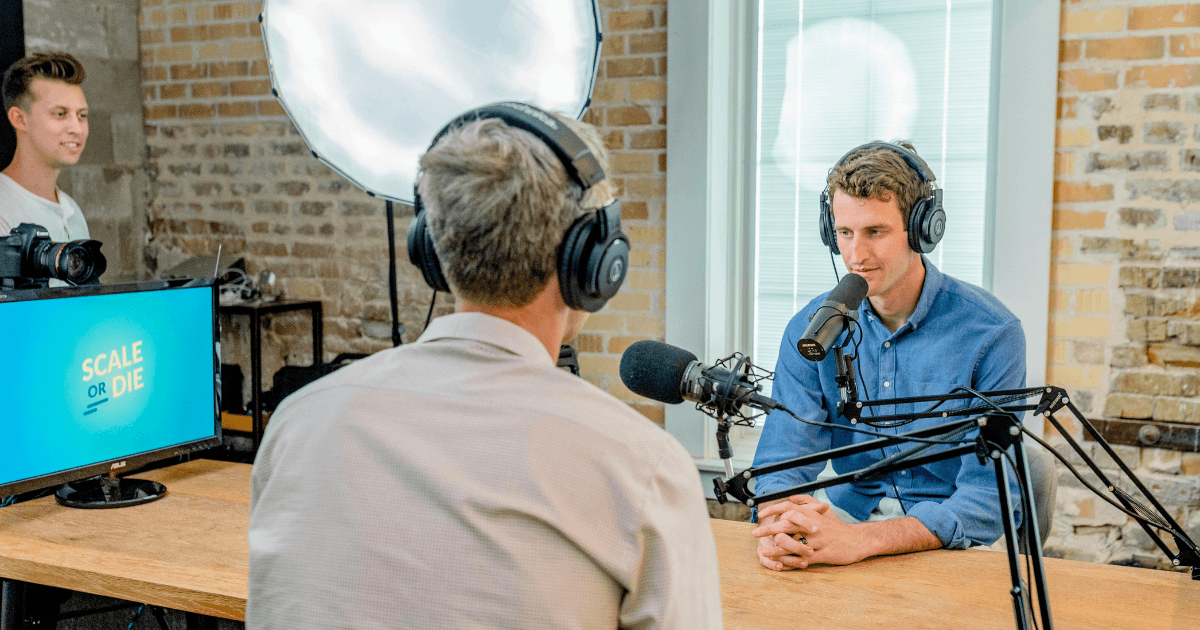
When I launched my first podcast three years ago, I made nearly every mistake possible.
I spent $3,000 on unnecessary equipment. I recorded 12 episodes before realizing my microphone settings were wrong. I waited until episode 20 to even think about monetization.
The result? Six months of work with almost nothing to show for it financially.
Fast forward to today: I’ve launched five successful podcasts (three for myself, two for clients) that collectively generate over $37,000 monthly through strategic monetization channels.
The difference? A systematic launch plan that builds audience, authority, and revenue streams simultaneously.
In this comprehensive guide, I’ll walk you through the exact 60-day podcast launch framework I’ve refined over the years—from initial concept to monetization. I’ll also share the actual sponsor outreach templates that have helped me secure over $150,000 in sponsorship deals.
Let’s transform your podcast from a passion project into a profitable business asset.
The Podcast Opportunity in 2025: Why Now Is the Perfect Time
Before diving into tactics, let’s examine why podcasting remains one of the most undervalued content platforms for building authority and generating revenue:
- Massive audience potential: Over 500 million people worldwide listen to podcasts, with 177 million in the US alone
- Deep engagement: The average listener consumes 7 hours of podcasts weekly, creating unparalleled attention compared to other media formats
- Growing monetization landscape: The global podcasting market reached $23.56 billion in 2024 and is projected to hit $100 billion by 2030
- Lower competition: Despite millions of podcasts existing, most don’t make it past episode 7, creating significant opportunity for committed creators
- Multi-platform potential: YouTube is now the #1 podcast consumption platform in the US, with 34% of weekly listeners using it
As Jenna Kutcher notes, podcasting allows for uninterrupted connection with listeners who engage while doing other activities—something increasingly rare in today’s fragmented media landscape.
Phase 1: Strategic Foundation (Days 1-15)
The first two weeks are critical for establishing the right foundation. Here’s exactly what to focus on:
Day 1-3: Niche Selection & Audience Definition
The most common mistake new podcasters make is choosing a topic that’s too broad. Instead, follow this three-step process:
- Identify the intersection of your expertise, passion, and market demand
- Research competition using Apple Podcasts and Spotify to analyze gaps
- Define your unique angle that differentiates your show
Create an “Ideal Listener Avatar” document answering these questions:
- Who exactly are they? (demographics, psychographics)
- What specific problems do they face?
- What transformation do they desire?
- Where do they currently seek solutions?
- Why would they choose your podcast over alternatives?
According to Riverside, choosing the right niche is crucial for monetization, with high-demand areas including business, health, and technology.
Day 4-7: Show Format & Content Strategy
Based on your audience research, determine:
- Episode format: Interview, solo, co-hosted, narrative, or hybrid
- Episode length: 20-40 minutes is ideal for new shows (data shows 30-60 minute episodes perform best)
- Release schedule: Weekly is the minimum standard for growth
- Content pillars: 3-5 core topics your show will cover
- Episode structure: Consistent segments that become recognizable
Create a content calendar for your first 12 episodes, including:
- Episode titles (using keywords for searchability)
- Brief description of each episode
- Guest ideas (if applicable)
- Call-to-action for each episode
Day 8-12: Branding & Visual Identity
Your podcast branding should instantly communicate your show’s value proposition:
- Name selection: Choose a name that’s:
- Clear over clever
- Easy to spell and pronounce
- Available as a domain and social handles
- Includes keywords when possible
- Cover art design: Create artwork that:
- Looks great as a thumbnail
- Includes your face (for personal brands)
- Uses high contrast colors
- Clearly displays the podcast name
- Description optimization: Write a description that:
- Starts with a compelling hook
- Clearly states who the podcast is for
- Outlines specific benefits listeners will gain
- Includes relevant keywords for searchability
Day 13-15: Technical Setup & Equipment
You don’t need expensive gear to sound professional. Here’s my recommended setup for new podcasters:
Essential Equipment:
- Microphone: Audio-Technica ATR2100x-USB ($99) or Samson Q2U ($69)
- Headphones: Audio-Technica ATH-M20x ($49)
- Accessories: Pop filter ($15) and microphone arm ($25)
Recording Software:
- Remote interviews: Riverside.fm ($15/month) or Zencastr ($20/month)
- Solo episodes: Audacity (free) or GarageBand (free for Mac)
Editing Options:
- DIY approach: Audacity or GarageBand
- AI assistance: Descript ($12/month)
- Outsourcing: Fiverr editors ($15-30 per episode)
Hosting Platform:
- Buzzsprout ($12/month)
- Libsyn ($5-20/month)
- Transistor ($19/month)
According to Springcast, 85% of companies now record video alongside audio for their podcasts, making video capability an important consideration when selecting equipment.
Phase 2: Content Creation & Production (Days 16-30)
With your foundation established, it’s time to create your initial content:
Day 16-18: Episode Planning & Script Development
For each of your first 4-6 episodes:
- Create a detailed outline with:
- Opening hook (10-15 seconds)
- Introduction (30-60 seconds)
- Main content segments (15-30 minutes)
- Call-to-action (30-60 seconds)
- Closing remarks (15-30 seconds)
- Develop talking points (not full scripts) to maintain natural conversation
- Prepare guest research (if applicable):
- Background information
- Previous content they’ve created
- 10-15 thoughtful questions
- Potential areas of alignment with your audience
Day 19-25: Recording Your First Episodes
Record your first 4-6 episodes before launching. This approach:
- Allows listeners to binge initial content
- Gives you a buffer for consistent publishing
- Helps you refine your style before going public
Recording Best Practices:
- Record in a quiet, acoustically treated space
- Use a pop filter and proper microphone technique (3-6 inches from mouth)
- Record separate tracks for each speaker
- Include 5 seconds of room tone (silence) for noise reduction
- Record video simultaneously for multi-platform distribution
Day 26-30: Editing & Production
For each episode:
- Basic editing:
- Remove filler words and long pauses
- Balance audio levels between speakers
- Add intro/outro music
- Insert sponsor slots (even if unpaid initially)
- Create show notes including:
- Brief episode summary (2-3 sentences)
- Bullet point highlights
- Relevant links mentioned
- Timestamps for key moments
- Call-to-action
- Transcription (for accessibility and SEO)
- Produce promotional assets:
- Audiogram clips (30-60 seconds)
- Quote graphics
- Video highlights (if recording video)
- Episode artwork
According to Nearstream, 65% of company podcasters share short clips weekly on social media platforms to grow their audience.
Phase 3: Launch Preparation & Distribution (Days 31-45)
With your content created, it’s time to prepare for a strategic launch:
Day 31-35: Distribution Setup
- Set up your hosting platform with:
- Show details and artwork
- Categories and tags
- Distribution to all major platforms:
- Apple Podcasts
- Spotify
- Google Podcasts
- Amazon Music
- YouTube (as video podcast)
- Stitcher
- TuneIn
- Create dedicated podcast website (or section on existing site) with:
- Episode directory
- About page
- Subscribe links
- Contact information
- Monetization elements (we’ll cover in Phase 4)
- Set up social media presence:
- Create podcast-specific accounts or integrate with existing profiles
- Develop content calendar for launch promotion
- Design consistent branding across platforms
Day 36-40: Launch Strategy Development
Create a comprehensive launch plan:
- Set launch date (typically Tuesday-Thursday for optimal visibility)
- Develop “Launch Team” strategy:
- Identify 20-30 friends, colleagues, or network connections
- Create simple instructions for supporting your launch
- Prepare promotional assets they can easily share
- Plan launch promotion:
- Email announcements (to your existing list)
- Social media content calendar
- Guest appearances on other podcasts
- Community engagement in relevant groups
- Paid promotion budget (if applicable)
- Prepare launch incentives:
- Special giveaway for early subscribers
- Bonus content for reviews
- Launch-exclusive discount codes (for products/services)
Day 41-45: Pre-Launch Execution
- Submit to podcast directories (allow 3-5 days for approval)
- Activate launch team with specific instructions:
- When to subscribe
- How to leave ratings and reviews
- Suggested social media sharing schedule
- Talking points for word-of-mouth promotion
- Create anticipation through:
- “Coming soon” announcements
- Behind-the-scenes content
- Teaser clips
- Guest announcements (if applicable)
- Prepare tracking systems for:
- Downloads and subscribers
- Website traffic
- Social media engagement
- Email list growth
- Conversion metrics (for monetization)
Phase 4: Monetization Strategy Development (Days 46-60)
While most podcasters wait months or years before monetizing, we’re building monetization into your launch strategy from day one:
Day 46-50: Monetization Foundation
- Select primary monetization methods based on your audience and goals:
Direct Monetization:- Sponsorships and advertisements
- Premium content/membership
- Listener donations/crowdfunding
- Affiliate marketing
- Indirect Monetization:
- Lead generation for services
- Product sales
- Speaking engagements
- Book deals/publishing opportunities
- Set up technical infrastructure for selected methods:
- Sponsorship media kit
- Membership platform (Patreon, Supercast, etc.)
- Donation system (Buy Me a Coffee, PayPal, etc.)
- Affiliate tracking links
- Lead capture systems
- Develop monetization messaging that feels authentic:
- Value-focused sponsor reads
- Natural calls-to-action
- Transparent audience communications
- Integration with content strategy
Day 51-55: Sponsor Acquisition Strategy
Even new podcasts can secure sponsorships with the right approach:
- Create professional sponsorship assets:
- Media kit (PDF and web version)
- Rate card with pricing options
- Case studies (if available)
- Audience demographics
- Identify potential sponsors in three categories:
- Personal network: Your existing connections
- Direct alignment: Products/services you already use
- Audience alignment: Brands serving your target audience
- Develop tiered sponsorship packages:
- Entry level: Single episode sponsorship
- Mid level: 4-episode package
- Premium: 12-episode exclusive sponsorship
According to Castos, podcast ads are highly effective, with 65% of regular listeners purchasing a product after hearing a podcast ad, and 53% preferring to buy from companies that advertise on their favorite shows.
Day 56-60: Sponsor Outreach Execution
With your strategy in place, it’s time to begin outreach:
- Prioritize sponsor prospects based on:
- Likelihood of conversion
- Alignment with audience
- Potential deal size
- Existing relationships
- Execute personalized outreach using the templates below
- Track and follow up on all communications
- Prepare for negotiations with clear parameters
Sponsor Outreach Templates That Actually Work
Here are the exact email templates I’ve used to secure podcast sponsorships, even for new shows:
Creating Your Podcast Media Kit
A professional media kit is essential for securing sponsors. Here’s what to include:
1. Cover Page
- Podcast name and logo
- Tagline
- Host name and photo
- Contact information
2. Podcast Overview
- Show description
- Format and frequency
- Launch date
- Distribution platforms
- Unique value proposition
3. Audience Demographics
- Size (downloads per episode)
- Demographics (age, gender, location)
- Psychographics (interests, values)
- Professional information (industries, roles)
4. Sponsorship Packages
- Available ad formats (pre-roll, mid-roll, post-roll)
- Package options with pricing
- What each package includes
- Duration of sponsorships
5. Performance Metrics
- Download statistics
- Engagement rates
- Website traffic
- Social media following
- Previous sponsor results (if available)
6. Contact Information
- Email address
- Phone number
- Website
- Social media profiles
According to Demand Sage, clear communication about seeking sponsors is crucial, and emails are the preferred method for reaching out to potential sponsors, requiring a professional tone and clear information about the podcast’s audience and engagement.
Beyond Sponsorships: Additional Monetization Strategies
While sponsorships are valuable, diversifying your revenue streams creates stability:
1. Premium Membership Model
Create a paid membership tier offering:
- Ad-free episodes
- Bonus content
- Early access
- Community access
- Q&A opportunities
According to Nearstream, the best paid memberships typically offer three pricing tiers:
- Basic ($3-$5/month)
- Standard ($7-$10/month)
- Premium ($12-$15+/month)
2. Affiliate Marketing Strategy
Strategically promote products/services you genuinely use:
- Create dedicated resource pages
- Use trackable affiliate links
- Develop special offers for listeners
- Focus on high-commission, relevant products
3. Product Creation
Develop products based on podcast content:
- Online courses
- Digital downloads
- Physical merchandise
- Books/ebooks
4. Service Offering
Use your podcast to generate leads for:
- Consulting
- Coaching
- Agency services
- Speaking engagements
Measuring Success: Key Performance Indicators
Track these metrics to evaluate your podcast’s growth and monetization potential:
Audience Metrics
- Downloads per episode (first 30 days)
- Listener retention rate
- Subscription growth rate
- Geographic distribution
- Platform distribution
Engagement Metrics
- Social media mentions
- Email list growth
- Website traffic from podcast
- Reviews and ratings
- Listener messages
Monetization Metrics
- Revenue per episode
- Revenue per 1,000 downloads
- Sponsor renewal rate
- Conversion rate on affiliate offers
- Lifetime value of podcast-generated clients
Common Launch Mistakes to Avoid
Learn from my early failures by avoiding these common pitfalls:
1. Perfectionism Paralysis
Waiting for everything to be perfect before launching. Solution: Focus on consistent improvement rather than initial perfection.
2. Equipment Obsession
Overspending on gear before validating your concept. Solution: Start with essential equipment and upgrade as you grow.
3. Inconsistent Publishing
Failing to maintain a regular schedule. Solution: Build a content buffer before launching and use batch recording.
4. Neglecting Promotion
Assuming great content will be discovered organically. Solution: Dedicate equal time to promotion and content creation.
5. Delayed Monetization
Waiting too long to implement revenue strategies. Solution: Build monetization into your launch plan from day one.
The Future of Podcast Monetization
As we move through 2025, several trends are reshaping podcast monetization:
1. Value-Based Sponsorships
Moving beyond CPM (cost per thousand) to partnerships based on actual business results.
2. Listener-Supported Models
Direct support through platforms like Patreon and Apple Podcasts Subscriptions is growing rapidly.
3. Dynamic Ad Insertion
Personalized, programmatic advertising that targets specific listener segments.
4. Multi-Format Content Ecosystems
Successful podcasters are building integrated content systems across audio, video, text, and community platforms.
Your 60-Day Launch Calendar
To make implementation easy, here’s a day-by-day calendar for your podcast launch:
Week 1: Strategic Foundation
- Day 1-2: Niche research and audience definition
- Day 3-4: Competitor analysis
- Day 5-7: Show concept development
Week 2: Content Planning
- Day 8-9: Format selection and episode structure
- Day 10-12: Content calendar creation
- Day 13-14: Guest outreach (if applicable)
Week 3: Brand Development
- Day 15-16: Name finalization and domain registration
- Day 17-18: Cover art and visual identity creation
- Day 19-21: Description and messaging development
Week 4: Technical Setup
- Day 22-23: Equipment acquisition and testing
- Day 24-25: Recording environment optimization
- Day 26-28: Software setup and workflow testing
Week 5: Initial Recording
- Day 29-30: Intro/outro recording
- Day 31-33: First episodes recording
- Day 34-35: Initial editing and review
Week 6: Production Completion
- Day 36-37: Final editing and production
- Day 38-39: Show notes and transcript creation
- Day 40-42: Promotional asset development
Week 7: Distribution Setup
- Day 43-44: Hosting platform configuration
- Day 45-46: Podcast directory submissions
- Day 47-49: Website and social media setup
Week 8: Monetization Preparation
- Day 50-51: Monetization strategy finalization
- Day 52-53: Media kit creation
- Day 54-56: Sponsor prospect identification and research
Week 9: Launch Execution
- Day 57-58: Launch team activation
- Day 59-60: Final promotional push
- Day 61: Official launch day
- Day 62-63: Engagement and promotion
Final Thoughts: The Podcast Opportunity
The podcast medium offers a unique combination of deep audience connection, relatively low competition (for committed creators), and diverse monetization potential.
By following this 60-day launch plan, you’re not just starting a podcast—you’re building a valuable business asset that can generate revenue, establish your authority, and create opportunities for years to come.
The most important factor in podcast success isn’t technical perfection or even content quality—it’s consistency and strategic intent. Launch with purpose, maintain your schedule, and approach monetization systematically.
Are you ready to transform your expertise into a profitable podcast? The 60-day countdown starts now.


